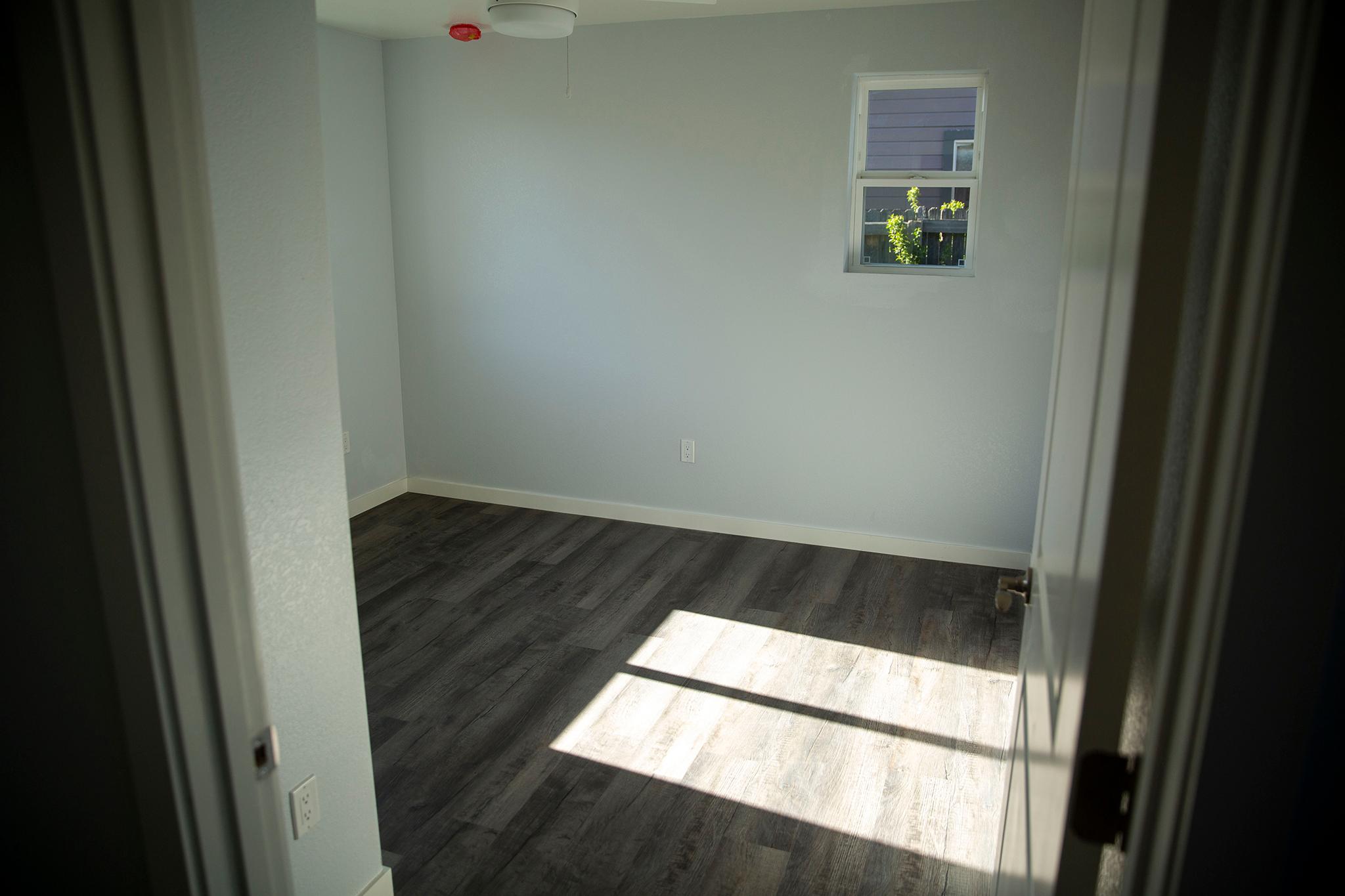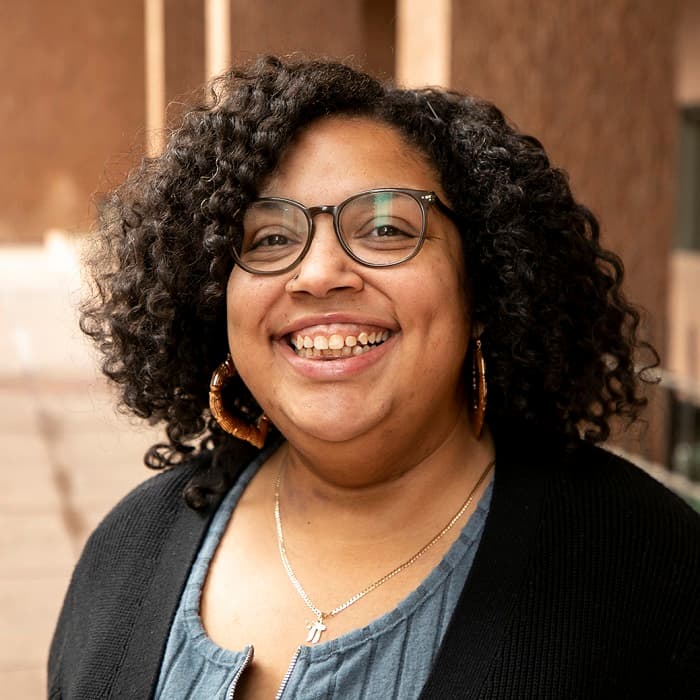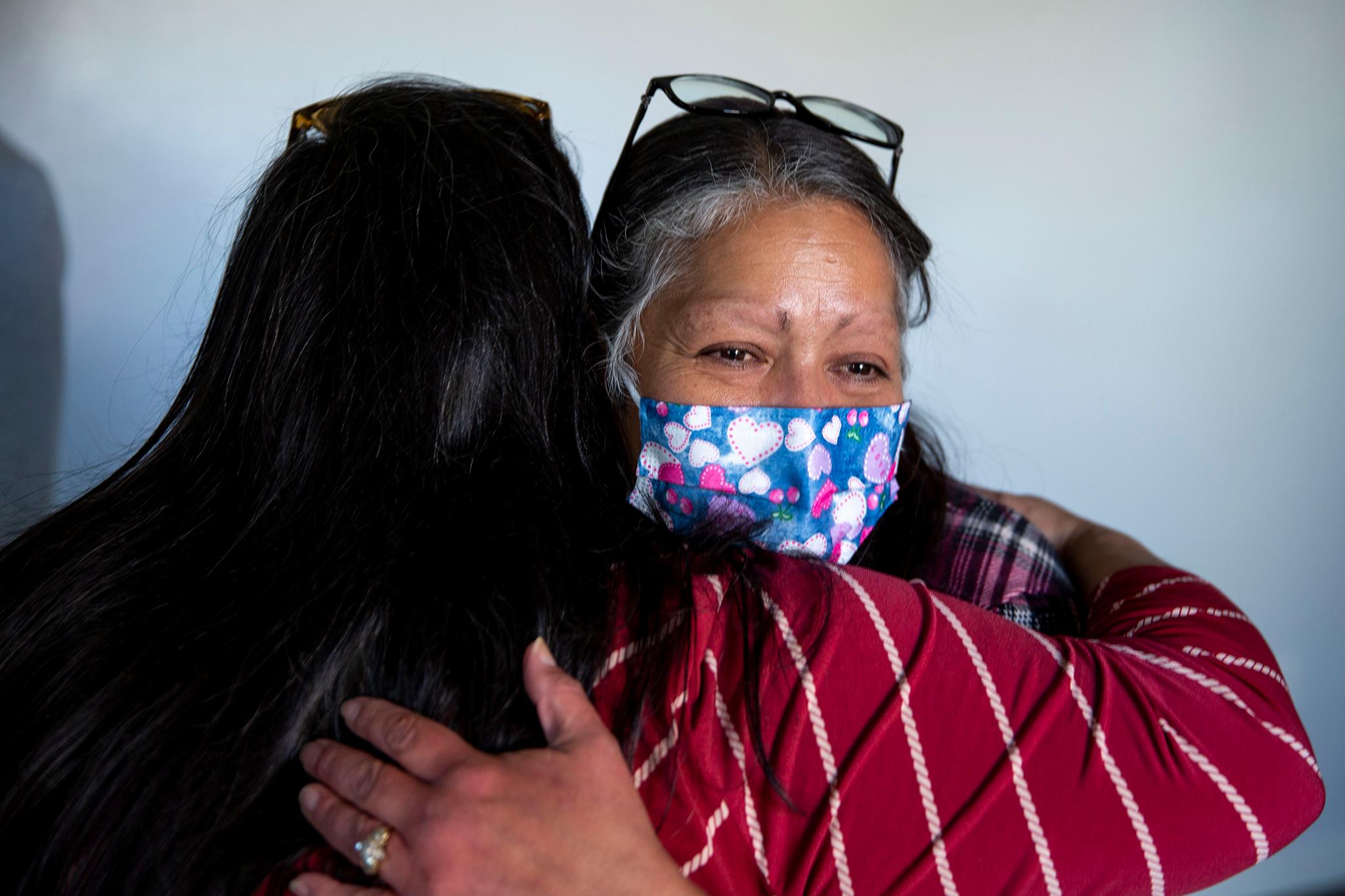Miguel and Dana Ramirez's Westwood home has a large backyard, and for years they dreamed of what they could do with it.
Well, as Dana Ramirez puts it, her husband was the one doing most of the dreaming. She said Miguel emigrated to the U.S. from Mexico about 28 years ago and, since then, he's been working on providing the best for his family.
In 2017 at a housing fair, he met Renee Martinez-Stone, the director of the West Denver Renaissance Collaborative, and the two discussed building an accessory dwelling unit, or ADU, in his backyard.
Five years later, Miguel Ramirez's dream of using his backyard to help his family's wealth grow has come true with the completion of the Ramirez family's one-bedroom ADU.
On Friday, the Ramirezes, along with a group city agencies and officials, held a ribbon cutting ceremony for their brand new unit, paving a new way for the family to remain in Westwood and show their neighbors that ADU construction is possible, despite the costs and regulations.
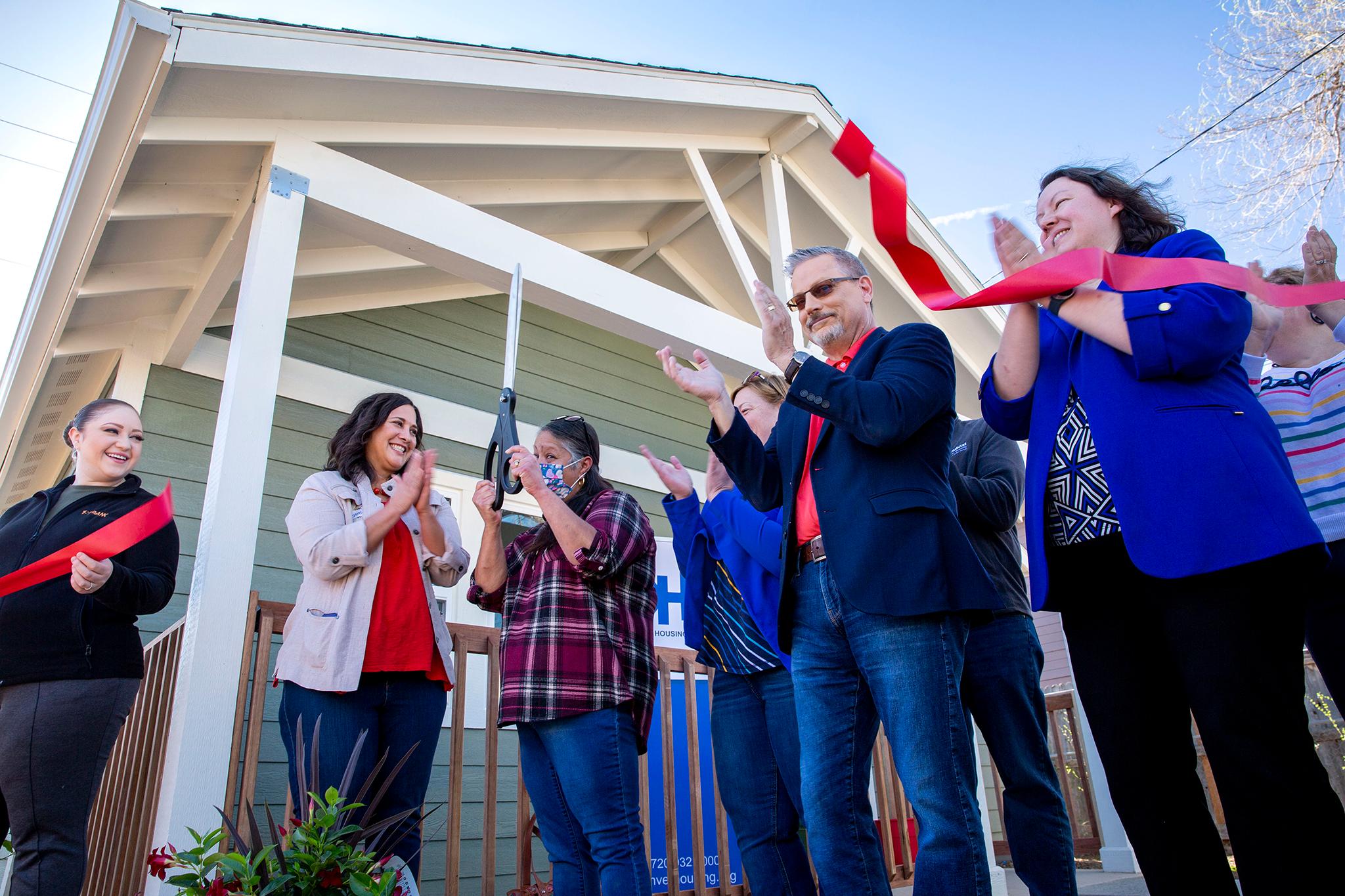
"It's been a journey, but I've enjoyed every day of it," Miguel Ramirez said. "I have this satisfaction within me and we can finally say there it is! What we pictured and what we planned is right there in our backyard. It's a reality."
Dana Ramirez added, "This was a five-year dream in the making and oh, believe me the headaches. I've seen my poor husband up at night, knocking his brain and thinking (about) how can he be a successful person. I'm so proud of the man. He's not only a homeowner but now a landlord, and he can contribute back to our community because that's what we want to do is give to our people."
ADUs could help residents stay in their homes, but building them is tough
When city officials discuss Denver's housing crisis, the lack of actual housing and affordable options, ADUs are at the top of the agenda. According to Blueprint Denver, ADUs can help with growth, gentrification and displacement throughout the city. They provide additional space for families looking to house relatives, or opportunities for homeowners to rent out part of their properties for additional income both in the long and short term.
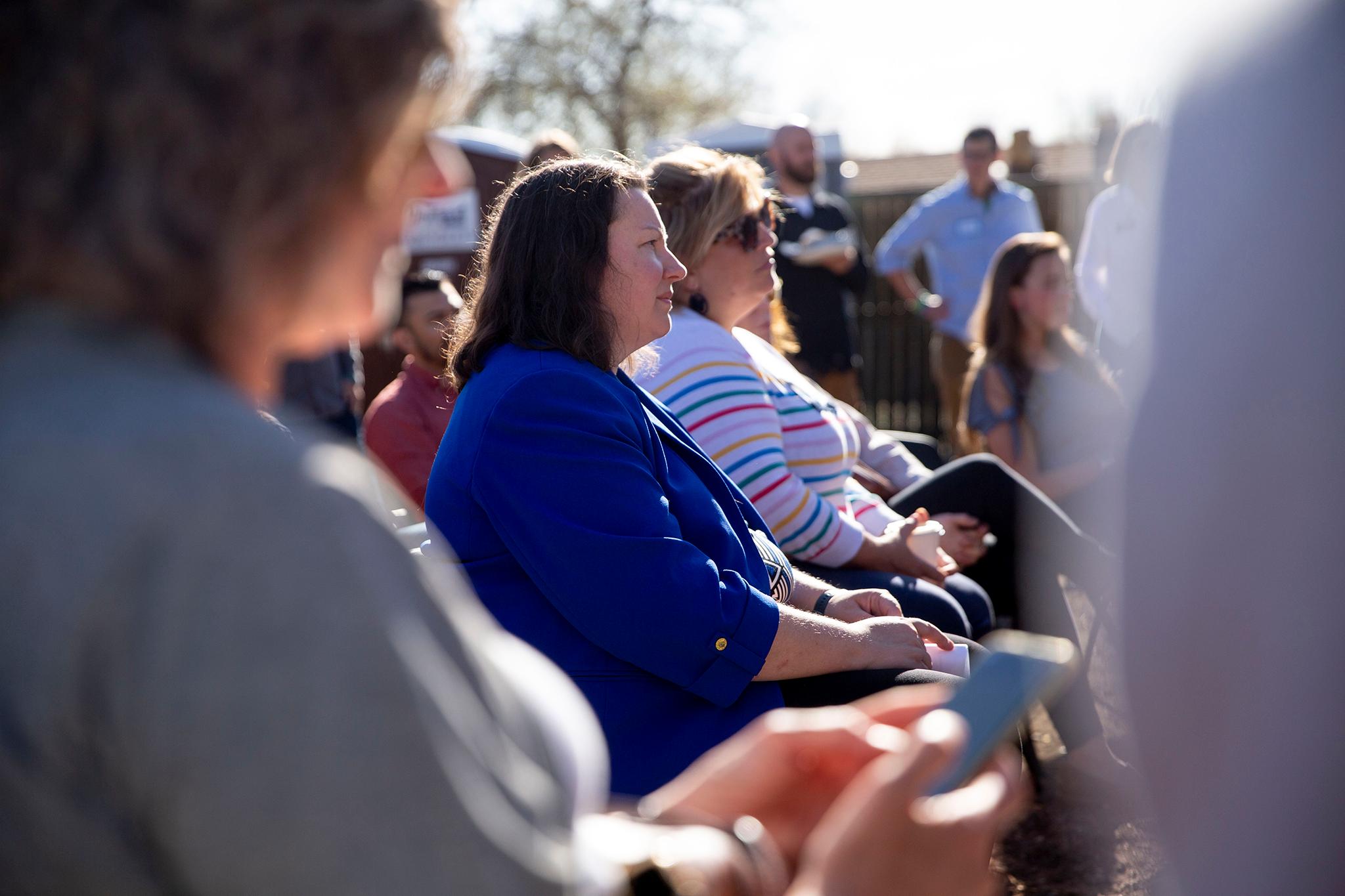
However, ADU construction can be tedious to navigate. Zoning regulations dictate whether lots can house ADUs and then building regulations limit what type of ADU can be built. City code also requires addressing sidewalks, setbacks, sewage, water and by the time all is said and done (if you even had the time to work on all these requirements) homeowners' heads are spinning.
Besides zoning regulations, there's also the cost. Supply chain issues due to the pandemic have certainly increased costs for materials but overall ADUs are expensive. Kassidy Benson, a real estate agent and owner of Living Room Real Estate, estimated in 2019 that her ADU for her Skyland home would cost about $300,000. By 2022 when construction was complete, Benson's ADU cost over $400,000.
"This is an incredibly intimidating process," said Councilmember Jamie Torres at the ribbon cutting ceremony. "The financing is incredibly scary and [homeowners] will run away without knowing that it could have been possible because somebody wasn't there to tell you it's OK, we'll go through this together."
The city is aware of the issues and working on them as Blueprint Denver recommends. An ADU community advisory committee and project team was created by Community Planning and Development to work on streamlining the process and reducing the barriers to building ADUs.
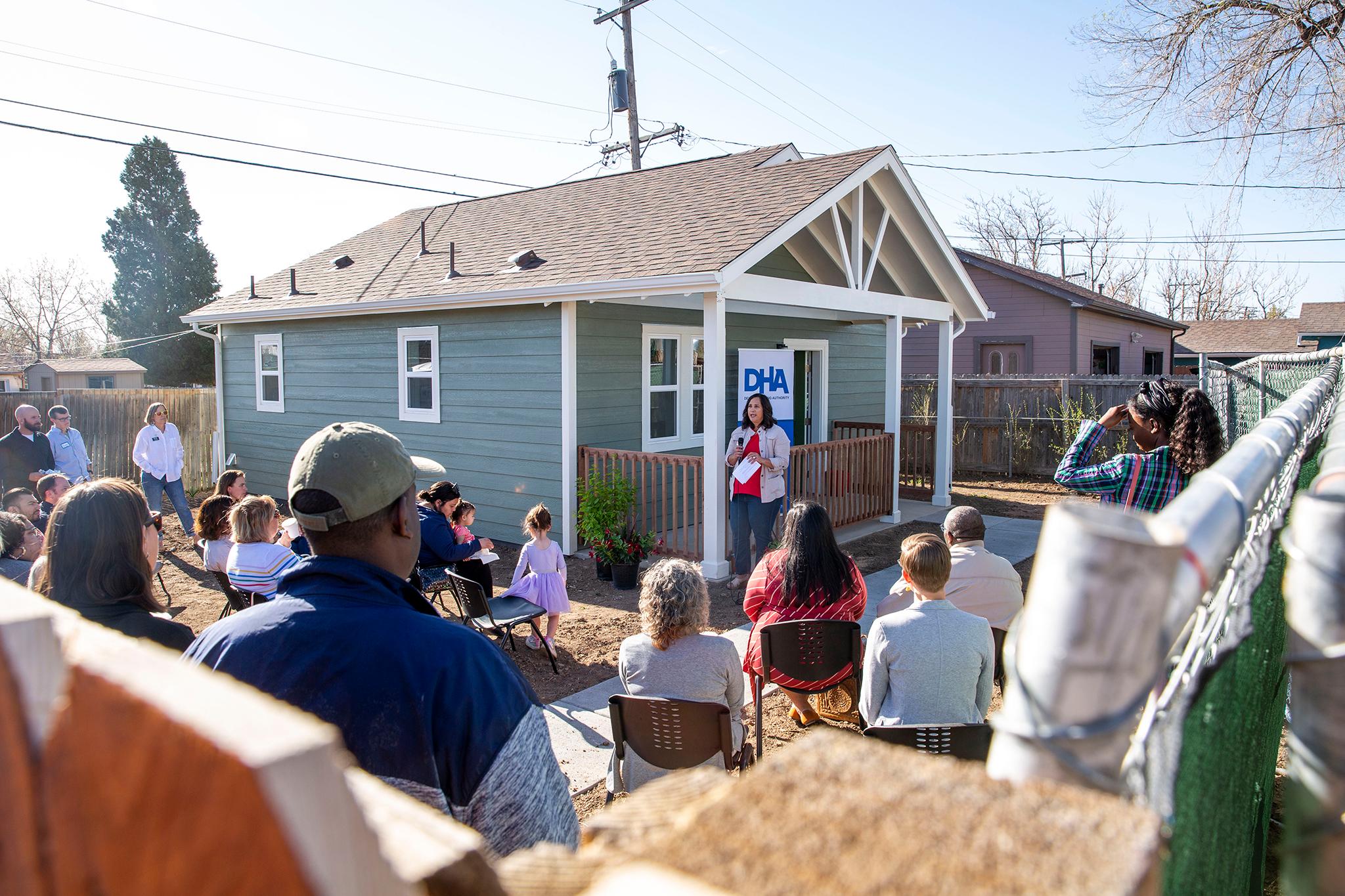
The West Denver Single Family Plus (WDSF+) ADU Pilot Program, is also assisting in the process. The program focuses on low- to moderate-income West Denver residents but assists all interested homeowners on the westside with developing, designing, financing and constructing detached ADUs.
Martinez-Stone and Mara Owen head this program through the Renaissance Collaborative, in partnership with Denver Housing Authority, the Department of Housing Stability, Habitat for Humanity of Metro Denver, First Bank, the Strong, Prosperous & Resilient Communities Challenge initiative, Fannie Mae and the Colorado Housing and Finance Authority.
The program launched in 2019 with the goal of helping families, like the Ramirezes, build an ADU whether it be for relatives or rental options. The program focuses on westside residents in particular because the area is considered to be at risk for gentrification and displacement.
Through the program, homeowners can choose from five types of ADUs: studio, one bedroom, small two-bedroom, large two-bedroom or a three-bedroom. Those homes are built by Habitat and cost between $116,000 to $231,000. The program offers homeowners forgivable loans up to $30,000 through funding from the city and it also comes with several stipulations that must be followed for at least 25 years. If a homeowner makes 81% of the median income or more, they must rent to someone in the 80% or less range to qualify. If the homeowner makes 80% and under, the tenant isn't required to have a specific income. No short-term rentals are allowed.
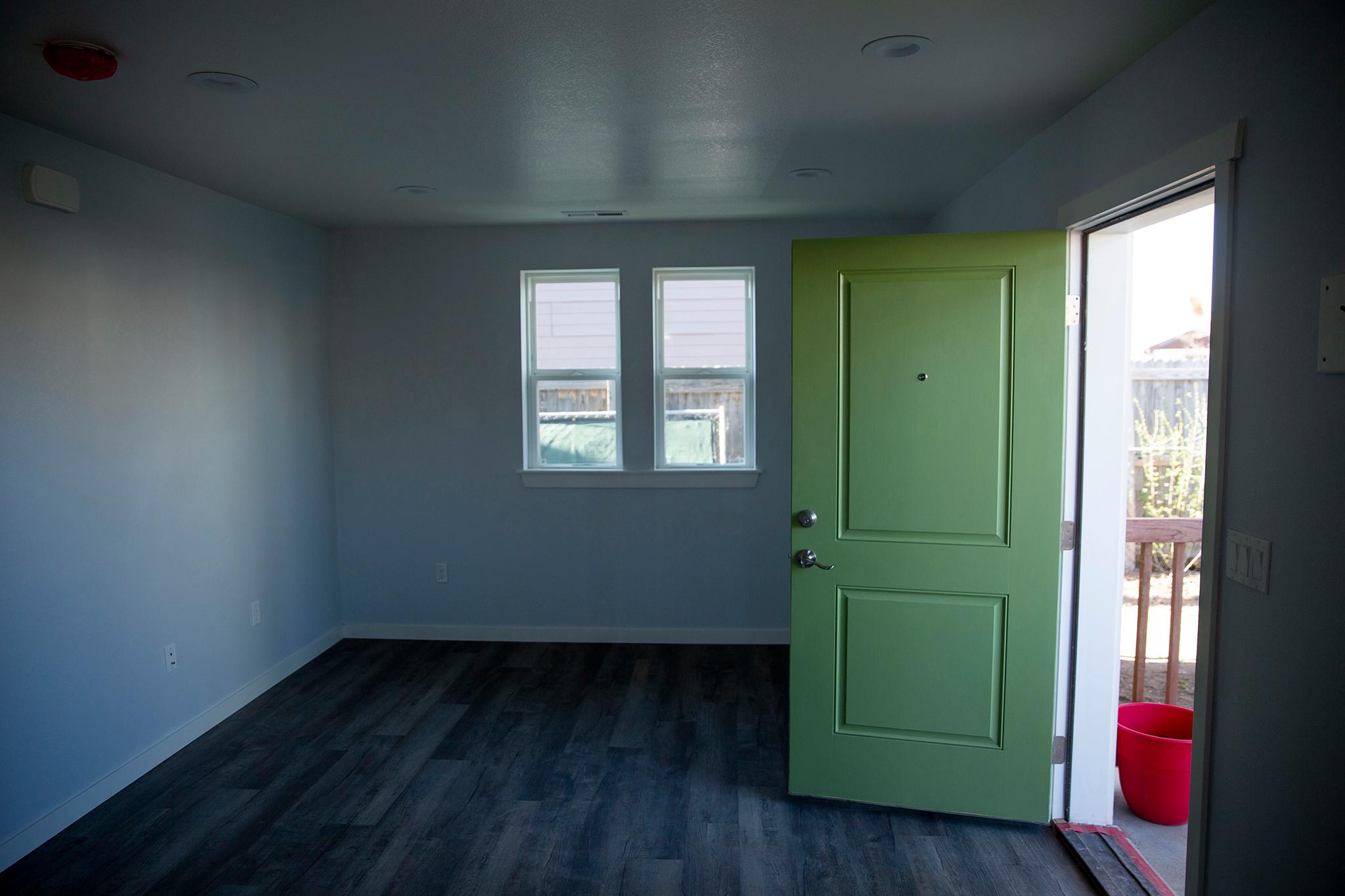
Hope that more residents will seek to build ADUs
At the ribbon cutting ceremony for the Ramirezes new ADU, Martinez-Stone said 2020 was a hard year for the program and things didn't go as planned. In 2021, things jump started and the program met its goal of assisting 10 homeowners throughout the westside with their ADU construction.
According to a program report, three of the 10 homeowners earned incomes below 67% of the area median income. Three others earned between 68% and 80% and the others were above 81%. Nine homeowners plan to house family members, including the Ramirez family, and one will rent to help pay off the ADU cost. Eight owners identified as persons of color.
"There's a high need to provide housing for families," Martinez-Stone said. "We're building a stabilizing asset that's the key to economic mobility. It's intergenerational wealth building. It's giving homeowners the opportunity to invest their equity... and to stay in place."
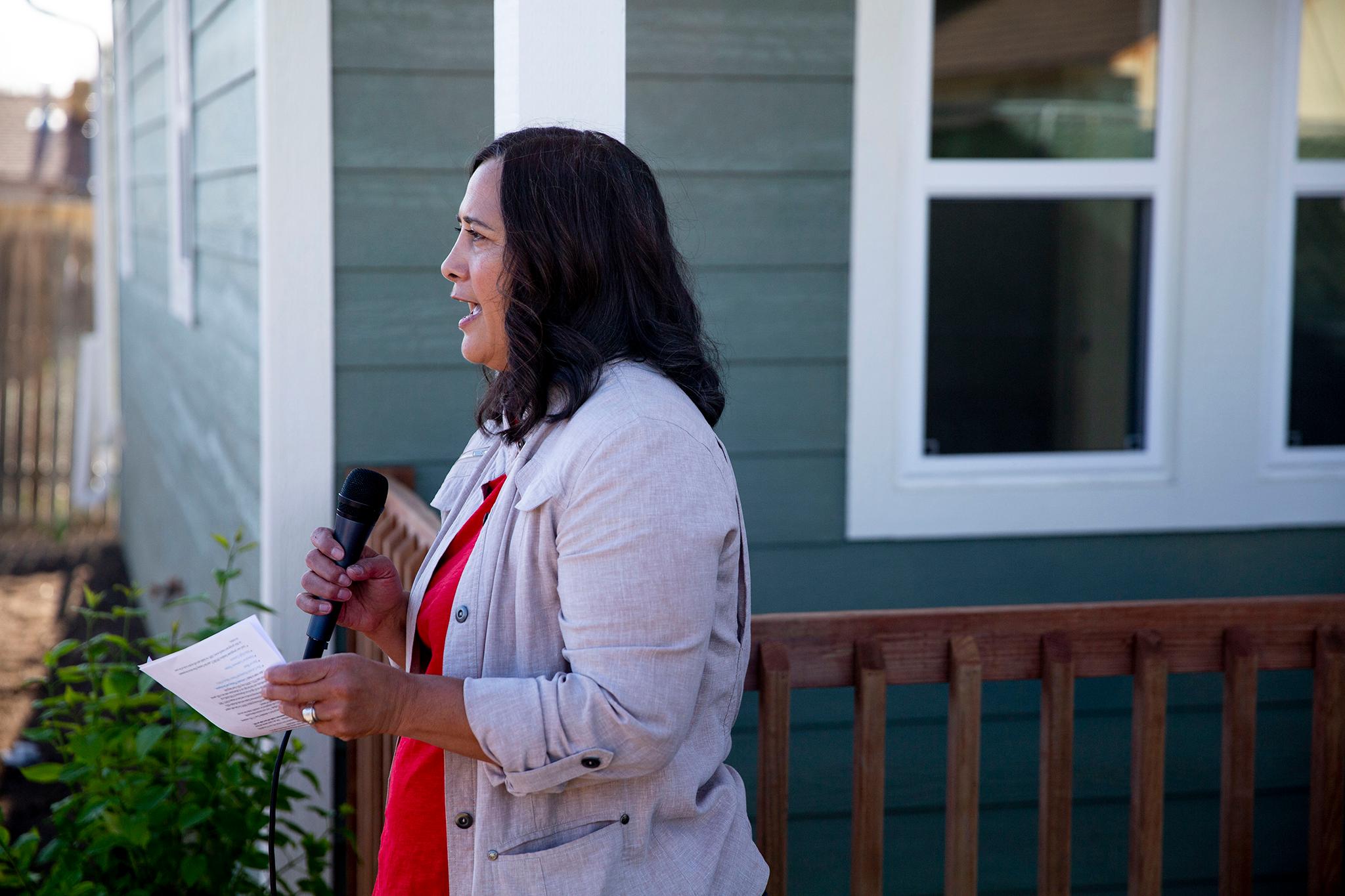
The program's 2022 goal is to double production and that aligns with the city's goals on streamlining the ADU process. The next ADU Advisory Committee meeting hasn't been announced but it should take place sometime in May. The committee's goal is to have a new set of regulations by the end of the year.
Torres, who's district encompasses parts of the westside, said she's continuing to work on blanket neighborhood rezoning for ADUs in Villa Park, Barnum and Barnum West. The final decision will be made by city council on May 9.
In the meantime, the Ramirez family and the nine other families the Pilot Program worked with will be enjoying their ADUs.
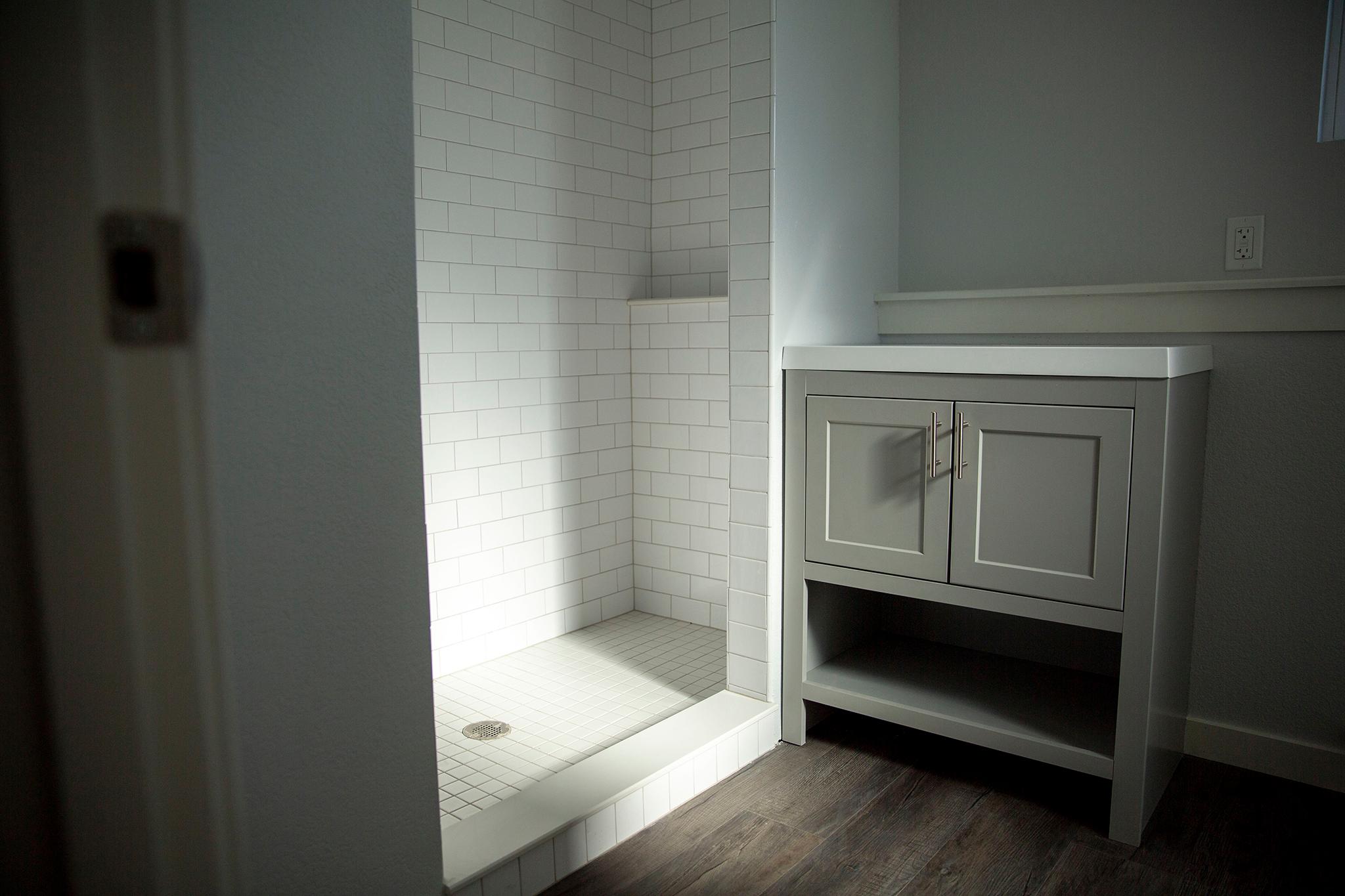
Miguel Ramirez said he hopes the process doesn't deter other homeowners from moving forward. He said he'd be willing to speak with anyone who has questions or concerns because, like the city, he views ADUs as a means to grow and better the community.
"Mission accomplished," Ramirez said. "I'm a living example. I'm going to leave a legacy for my kids. It can happen if you put your mind and effort into it. It's not easy but it's possible and that's what I want to tell the community. If they want something like this, they can send me an email, a text, come knock on my door and I'll make time to explain how this happened."
